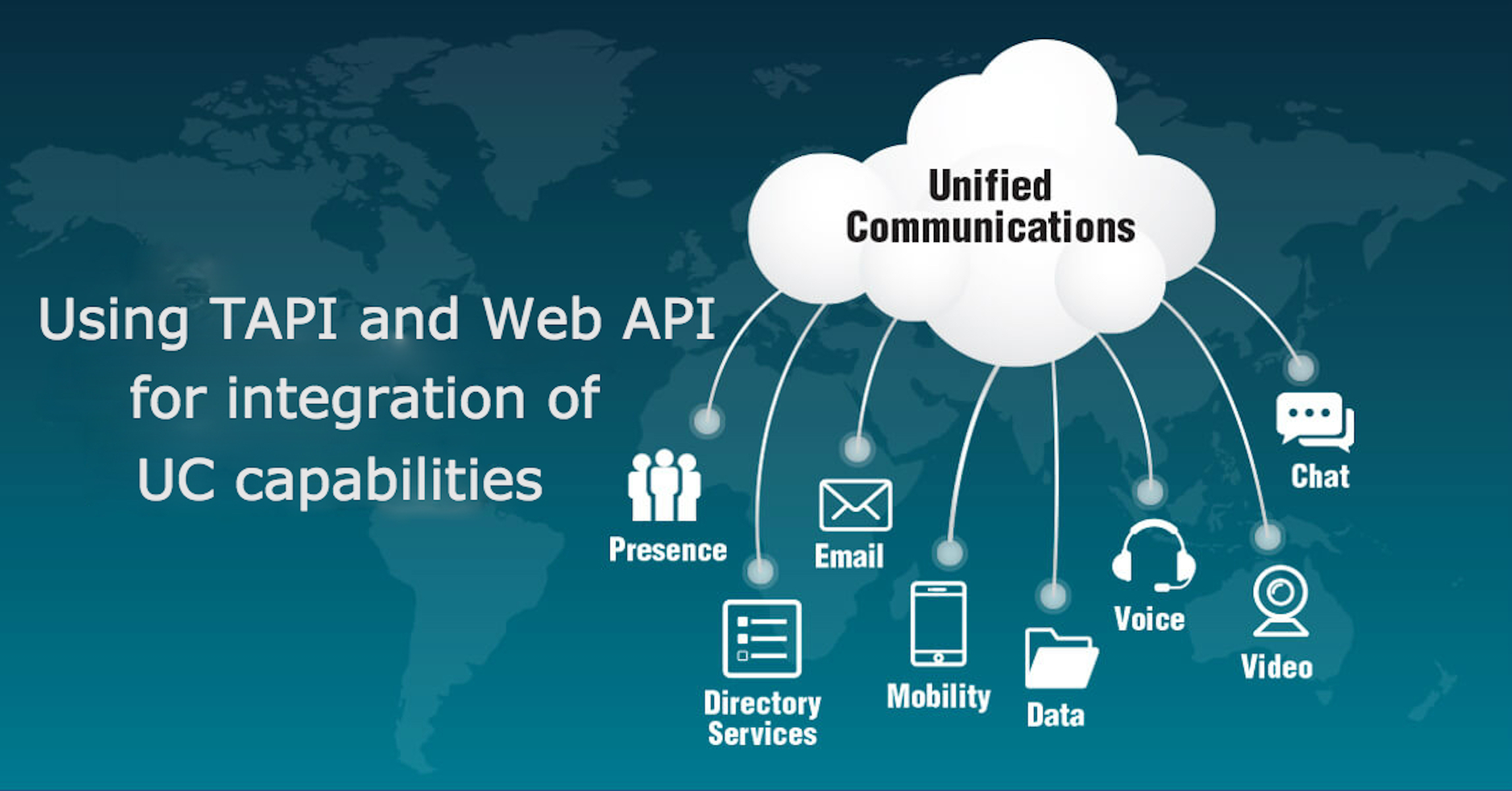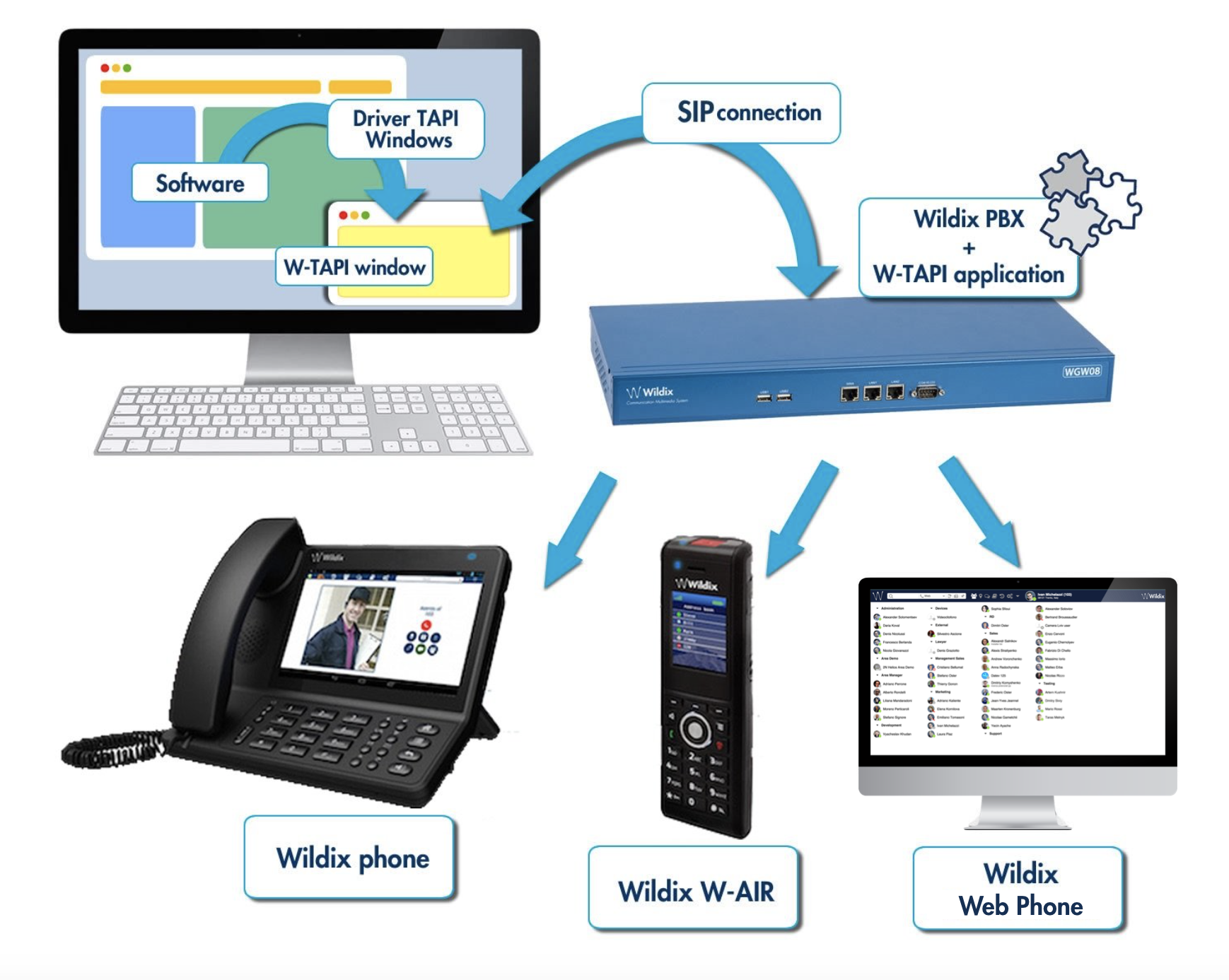 In the previous blog article (TAPI Windows and Web APIs Integrations) we investigated the definition of TAPI and Web API. This time we will discover which Unified Communication capabilities can be integrated using these technologies.
In the previous blog article (TAPI Windows and Web APIs Integrations) we investigated the definition of TAPI and Web API. This time we will discover which Unified Communication capabilities can be integrated using these technologies.
Smart Routing
Even before a user answers the customer’s call, the UC system can automate the processing of the call itself.
It can, for example, determine who should answer the call, the level of service agreed, and even the preferred language. This is done by integrating with our application before the call is delivered to a user.
The integration can be achieved either via TAPI routing points or by using web requests to an external service.
In the case of TAPI routing points, our application receives a notification that there is a call waiting and information about it. After performing all relevant operations, the application can reply by requesting that the call be transferred to a specific operator or to voicemail.
Continue reading “Using TAPI and Web API for integration of UC capabilities”



 This time we will analyze whether it is better to buy or develop integrations. Many communication systems already provide integration with software and it is not always reasonable to develop it. On the other side, if a solution is not compatible with your requirements, then it is better to consider developing.
This time we will analyze whether it is better to buy or develop integrations. Many communication systems already provide integration with software and it is not always reasonable to develop it. On the other side, if a solution is not compatible with your requirements, then it is better to consider developing.